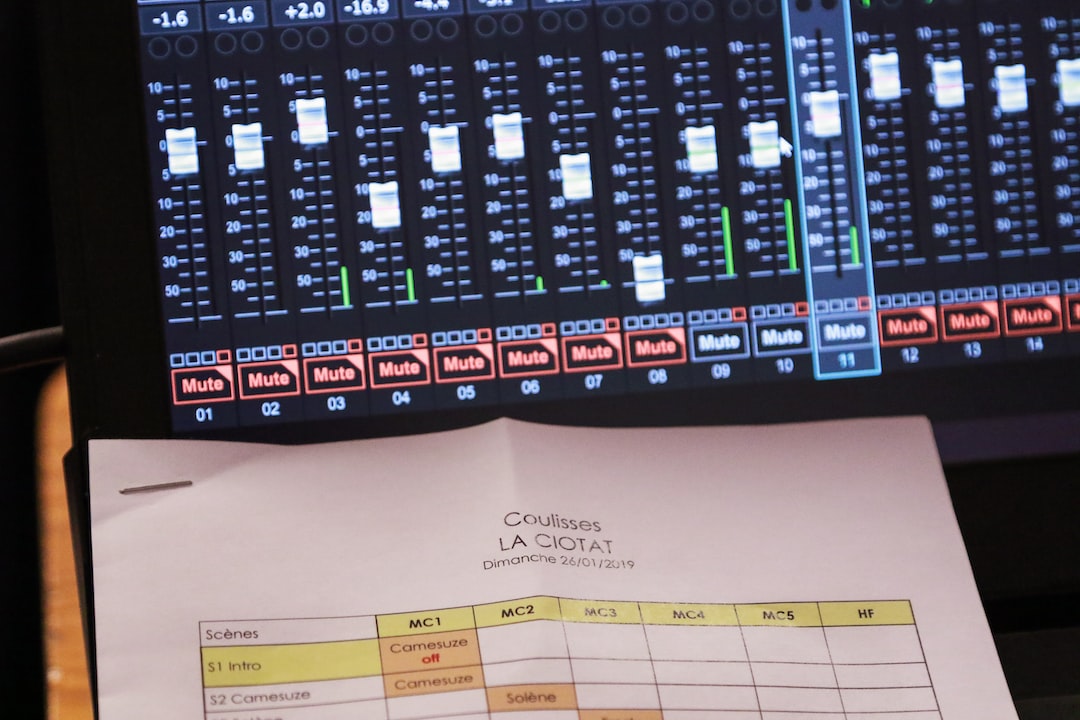The Importance of User Interface Design in Software Development
In today’s technologically advanced world, software development has become an integral part of our lives. From mobile applications to web platforms, software is present in almost every aspect of our daily routines. However, amidst the complex lines of code and intricate algorithms, it is easy to overlook one crucial element that can make or break a software’s success – the user interface design.
User interface (UI) design refers to the visual and interactive components of a software application or website that enables users to interact with the underlying technology. It entails creating intuitive layouts, aesthetically appealing graphics, and seamless navigation menus. While UI design might seem like a purely aesthetic consideration, it goes far beyond that. It plays a central role in shaping the overall user experience (UX) and can significantly impact a software’s adoption rate, customer satisfaction, and ultimately its success.
One of the primary purposes of UI design is to enhance usability. A well-designed user interface should be intuitive and easy to navigate, minimizing the learning curve for users. Imagine opening a mobile app and being immediately greeted by a cluttered, disorganized screen with confusing icons. It is highly likely that users will become frustrated or overwhelmed, leading them to abandon the app altogether. On the other hand, a clean and well-structured interface allows users to effortlessly find what they are looking for, leading to a smooth and enjoyable experience. By prioritizing usability in UI design, software developers can create products that cater to both tech-savvy users and novices alike.
Another vital aspect of UI design is visual appeal. Humans are naturally attracted to aesthetically pleasing designs, and software is no exception. An eye-catching and well-designed interface creates a positive first impression, captures the user’s attention, and encourages further exploration. On the contrary, a drab and uninviting interface may deter users from engaging with the software, even if it has exceptional functionalities. Visual elements such as color palettes, typography, and iconography, when thoughtfully incorporated into UI design, can evoke certain emotions, establish brand identity, and enhance the overall user experience.
Furthermore, an effective UI design can significantly impact a software’s brand image and reputation. It serves as the frontline representation of the software and reflects the attention to detail and professionalism of the development team behind it. A poorly designed interface with glitches, broken links, or unresponsive interactions can create a negative perception of the software’s reliability and quality. On the other hand, a polished and user-friendly interface can earn trust and boost credibility, instilling confidence among users and potential customers. In an era where competition in the software industry is fierce, establishing a strong brand image through UI design can be a differentiating factor that sets a software apart from its competitors.
UI design also plays a vital role in enhancing user engagement and satisfaction. By incorporating interactive elements, animations, and feedback mechanisms, developers can create a more immersive experience, making users feel more connected and involved. Users are more likely to continue using a software and provide positive reviews and feedback when they have a pleasurable and engaging experience. In turn, this can lead to increased user retention rates, word-of-mouth recommendations, and a loyal user base.
Moreover, UI design can contribute to reducing errors and improving user efficiency. Through careful consideration of information architecture and well-labeled elements, developers can enable users to accomplish their tasks efficiently and minimize the likelihood of mistakes. Clear and concise error messages, tooltips, and help documentation can guide users when they encounter an issue, reducing frustration and eliminating guesswork. By prioritizing usability and efficiency, UI design eliminates unnecessary complexities and ensures that users achieve their goals effortlessly.
In conclusion, user interface design is a critical aspect of software development that should never be overlooked. It serves as the bridge between technology and users, influencing the overall user experience, brand perception, and software success. By prioritizing usability, visual appeal, brand image, engagement, and efficiency, developers can create interfaces that not only attract and retain users but also provide them with a delightful and seamless software experience. As technology continues to advance, ensuring that UI design remains a central focus will undoubtedly become increasingly important for software developers.

